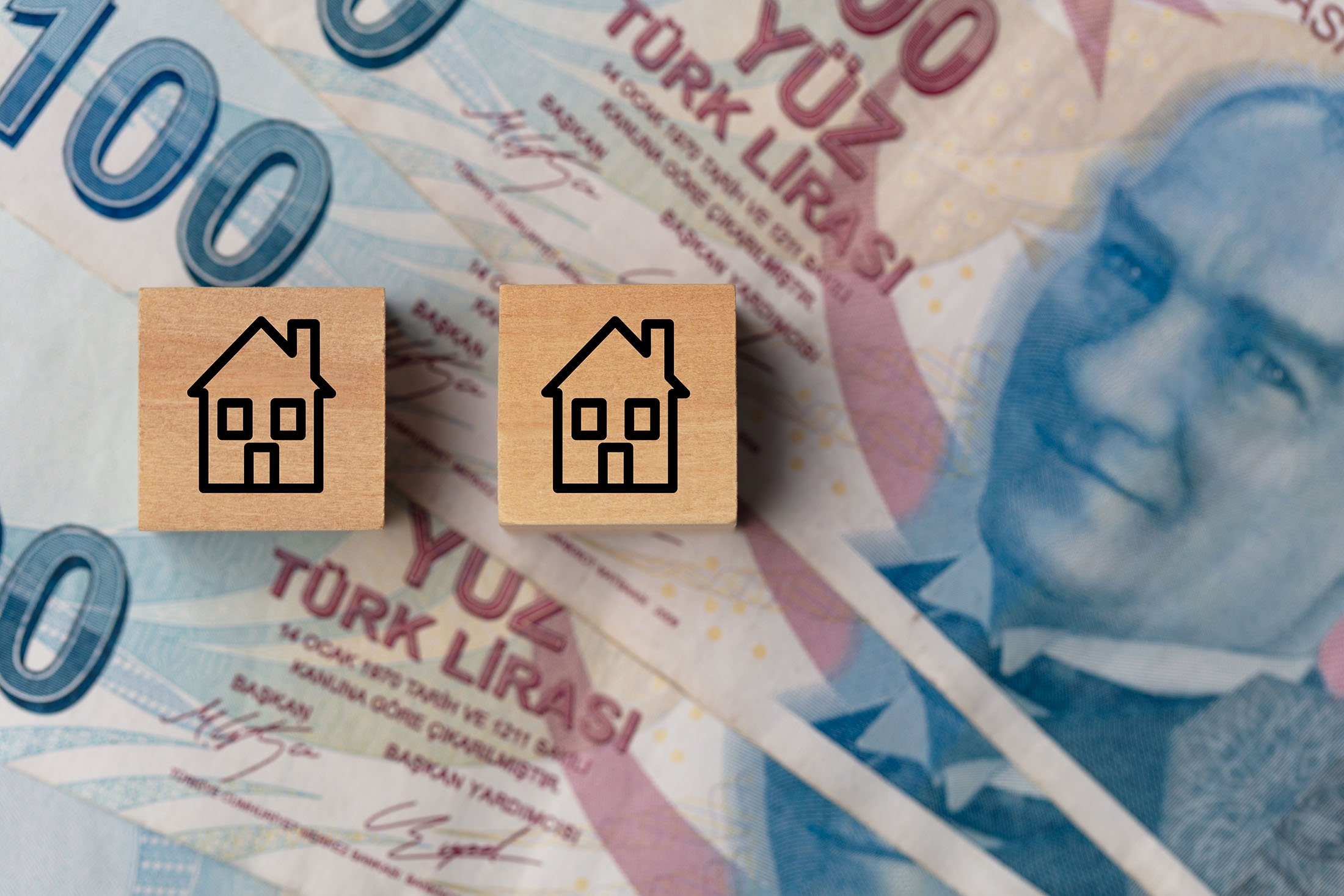
If you’re considering delving into property investment or want to climb higher up the ladder, It’s a good idea to be knowledgeable about various real estate investment strategies.
These property investment strategies are some of the most well-liked and well-known. Moreover, it is feasible to combine some of these methods. (i.e., acquire and hold a property with a negative or positive gearing)
Purchasing Your Own Home
One of Australia’s most popular property investment simply entails owning a home where you can primarily reside.
Even though you don’t start making money right away from living in the house you purchase, the two biggest financial benefits of this approach to property investing are:
- If you do any repairs and/or keep the property for a long time, your cost base will likely appreciate significantly.
- You won’t be mandated to pay capital gains tax if and when you decide to sell the property.
In general, this is how most Australians first enter the real estate market. To learn more about property facts, click here.

Negative gearing
Negative gearing has long been one of Australia’s most often used methods for purchasing real estate. When the costs of keeping a rental property outweigh the income from rent, this is known as negative gearing. In other words, you’re operating at a loss, which can typically be balanced by the taxes you owe on your regular income. Still, in terms of Australian tax legislation, it’s not actually all that bad.
The Australian Tax Office (ATO) permits property investors to deduct any losses they earn on their investment property from their taxable income.
Investors that purchase properties for long-term capital gain don’t normally anticipate making their profit on the rent.
So, they typically combine the “buy and hold” real estate investing strategy with the negative gearing technique.
Rent can help cover costs while the investors wait to profit from the property’s long-term capital growth.
Using this method, you may legally claim a tax deduction and pay the costs of holding the property out of your tax.
Positive gearing
Purchasing a property that offers a total rent return that covers all holding costs and generates a surplus cash flow each month is known as positive gearing. As a result of the surplus cash flow, you become a more appealing borrower, which may enable you to purchase many investment properties using this strategy. Additionally, it can increase your borrowing ability and aid in reducing the expenses associated with any negatively geared properties in your investment portfolio. In other words, your investment property constantly generates a profit, and you may utilize the extra money to lower the amount of your loan. However, due to this, you will be subject to a higher marginal income tax rate.

Flipping
Flipping isn’t for the weak. It means buying a suitable home with the appropriate bones at a competitive price, reselling it for a profit, and doing so promptly to evade paying too much interest on your loan over a long period.
The flipping strategy is known as buying a dilapidated property and refurbishing it to flip it for a profit. The objective is to finish the procedure as quickly as possible and spend as little on the renovation as is feasible to maximize profit before moving on to the next “flip” project.
The upside of thess property investment strategies are that you can make a profit quite rapidly because most investors strive to complete the full process within 12 months.
Though, it is one of the real estate investing techniques that requires the most expertise.
A lot of planning has to go into ensuring that you appropriately forecast the potential of the renovation. If you don’t closely check your costs, you also run the risk of spending more money than you planned.
The ideal candidate for this real estate investment approach is a seasoned investor who wants to grow his or her portfolio fast.
Subdivision
The subdivision approach is more complicated and is typically only advised for seasoned investors. The goal of this method is to purchase a sizable plot of land with the ability to be divided into two or more smaller plots, which can then be sold as two or more independent lots, developed and then sold, or held onto for a longer-term plan. Finding a suitable property large enough to subdivide can be challenging, not to mention dealing with the regulating bodies.

Invest in existing real estate and hold it.
The majority of sydney buyers agent employ this approach as one of the most tried-and-true investment strategies. This tactic entails purchasing an existing home, preferably in a neighborhood with strong prospects for long-term capital gain. It’s crucial to conduct thorough research and look for suburbs anticipated to gain from significant infrastructure development, have reliable transportation options, and have other desirable features for renters, such as shops, schools, and other amenities. The effectiveness of this strategy depends on the property’s potential future appreciation, which is not certain. Detached homes offer much greater potential for long-term financial growth than apartments, which is why it is prudent to purchase one. Overall, this long-term strategy carries relatively little risk.
It may take up to 7 to 10 years before you see any financial gain from your investment property if you choose this course of action, which is the main drawback.
However, you may use the home to make money through rentals while you wait to see capital growth.
The rental income can pay the mortgage, and it has one important advantage, Investment property tax deductions!
Knowing about your real estate investment tax deductions could mean the difference between having positive cash flow and just trying to make enough money from your investment.
Tax depreciation, interest on the loan you used to purchase the property, and rental charges, including advertising and utility costs, are all permissible deductions.
